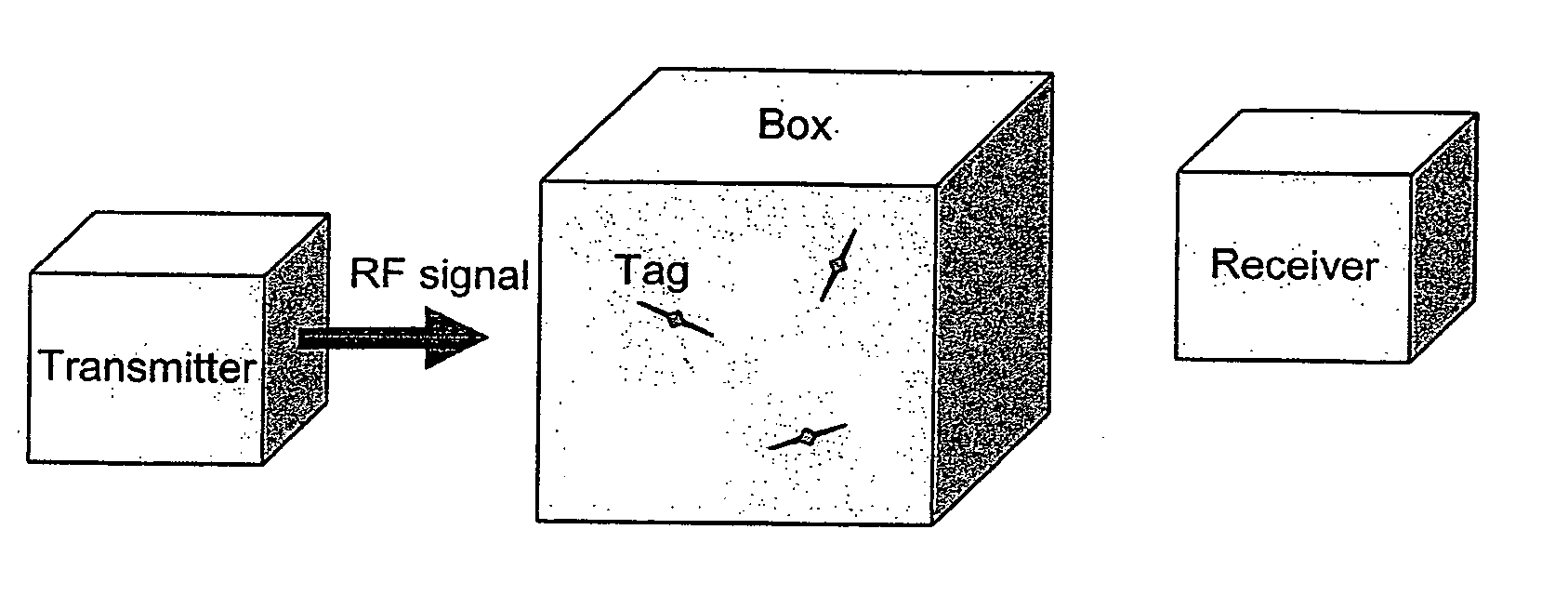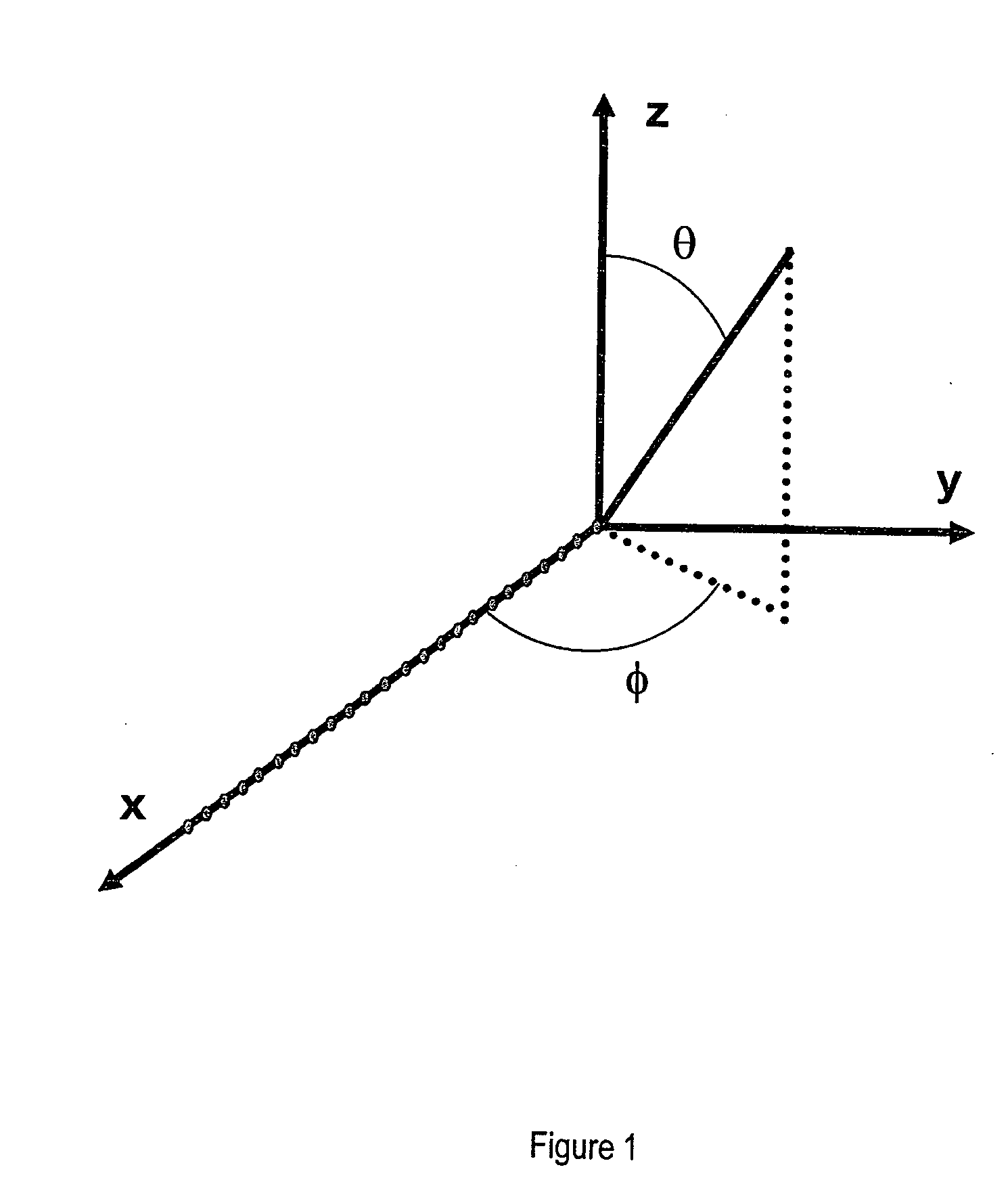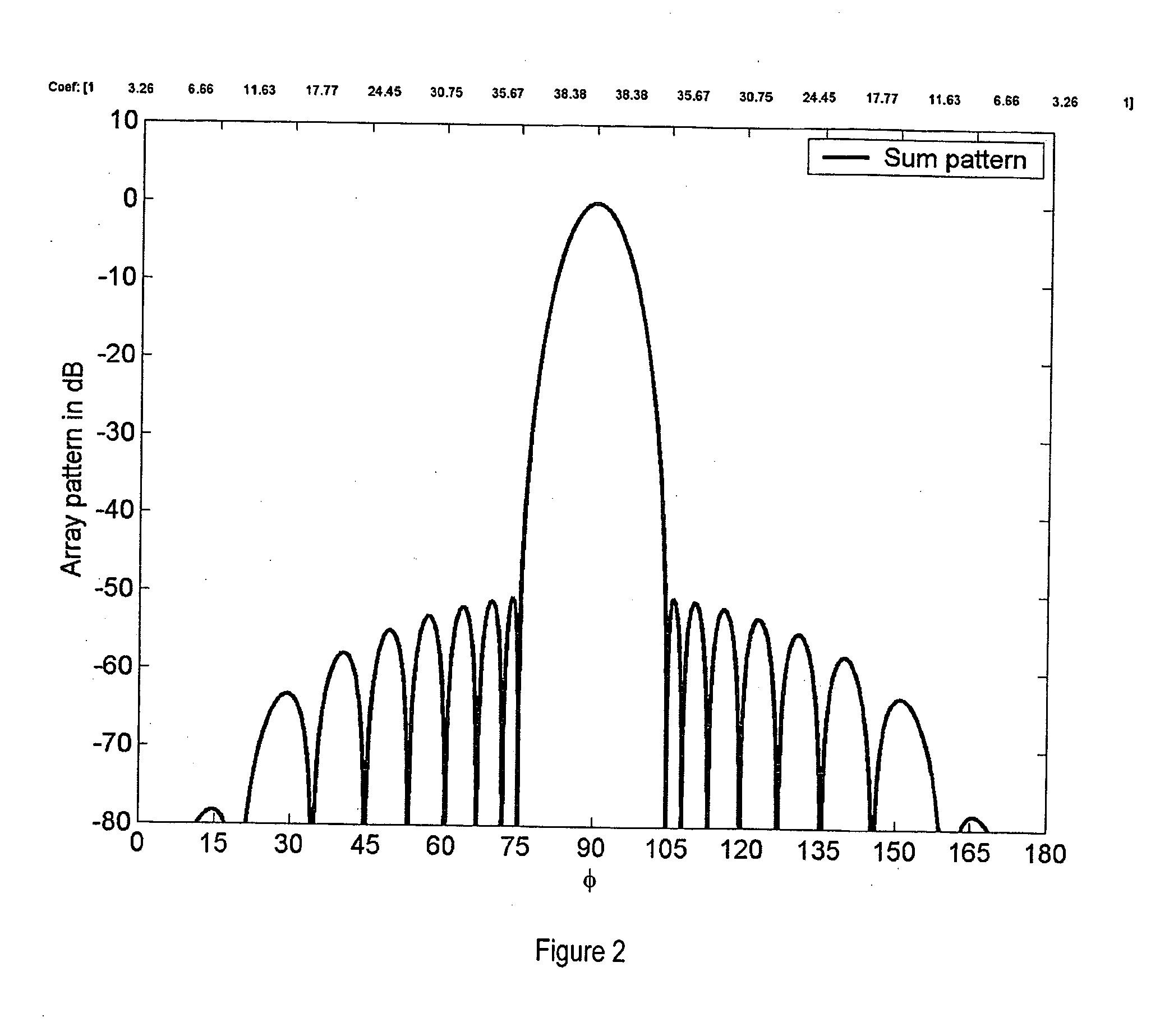Method and apparatus for improving the efficiency and accuracy of RFID systems
a technology of rfid system and efficiency improvement, applied in the direction of digital computer details, instruments, electromagnetic radiation sensing, etc., can solve the problems of unintelligible reader's accuracy, current rfid system is not suited for precise positioning of tags, transmissions from tags are scrambled and become unintelligible to the reader, etc., to prevent leakage of data signals and improve the efficiency of rfid systems
- Summary
- Abstract
- Description
- Claims
- Application Information
AI Technical Summary
Benefits of technology
Problems solved by technology
Method used
Image
Examples
Embodiment Construction
[0075] The present invention provides (a) designs for RFID readers, (b) a method for reducing the width of the interrogation region, (c) a method for providing a user defined interrogation zone for one or more readers, (d) a method for location of transceivers in 2D and 3D using more than one information-steering transmitter, (e) a method for precise tag location that works in the induction regime where the wavelength is much longer than the physical dimensions involved, (f) a new set of security measures for RFID systems, (g) a method for optically displaying the interrogation zone, (h) a method for overcoming multipath effects, (i) a method for optimal tag placement, and (j) a bistatic RFID reader. A common feature in items (a)-(f) is that two or more signals are transmitted simultaneously, including: [0076] 1. A data signal that causes the tags to respond. The data signal may instruct the tags to broadcast or modify stored information. The data signal may contain information abou...
PUM
 Login to View More
Login to View More Abstract
Description
Claims
Application Information
 Login to View More
Login to View More - R&D
- Intellectual Property
- Life Sciences
- Materials
- Tech Scout
- Unparalleled Data Quality
- Higher Quality Content
- 60% Fewer Hallucinations
Browse by: Latest US Patents, China's latest patents, Technical Efficacy Thesaurus, Application Domain, Technology Topic, Popular Technical Reports.
© 2025 PatSnap. All rights reserved.Legal|Privacy policy|Modern Slavery Act Transparency Statement|Sitemap|About US| Contact US: help@patsnap.com



